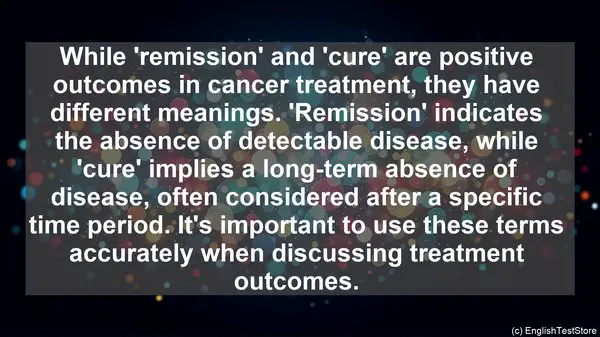Introduction
Welcome to today’s lesson on the top 10 commonly confused words in radiation oncology. As students in this field, it’s crucial to have a clear understanding of these terms. Let’s dive in!
1. Dose vs. Dosage
One of the most common confusions is between ‘dose’ and ‘dosage.’ While both terms refer to the quantity of radiation administered, ‘dose’ is the actual amount, while ‘dosage’ is the frequency and timing of the doses. So, it’s important to use these terms correctly in clinical discussions.
2. Radiosensitivity vs. Radioresistance
Radiosensitivity and radioresistance are often used when discussing the response of tissues to radiation. ‘Radiosensitivity’ refers to the susceptibility of a tissue to radiation damage, while ‘radioresistance’ indicates the tissue’s ability to withstand radiation. Understanding these differences is crucial for treatment planning.
3. Brachytherapy vs. Teletherapy
When it comes to radiation delivery, ‘brachytherapy’ and ‘teletherapy’ are two commonly used techniques. Brachytherapy involves placing a radiation source close to the tumor, while teletherapy delivers radiation from a distance. Each technique has its indications and considerations.
4. Fractionation vs. Hypofractionation
Fractionation and hypofractionation are terms used to describe the division of the total radiation dose into smaller, more manageable treatments. ‘Fractionation’ involves delivering smaller doses over a longer period, while ‘hypofractionation’ delivers larger doses in fewer sessions. The choice depends on various factors, including tumor type and location.
5. Conformal Radiotherapy vs. Intensity-Modulated Radiotherapy
Both conformal radiotherapy (CRT) and intensity-modulated radiotherapy (IMRT) aim to deliver precise radiation to the tumor while sparing healthy tissues. CRT achieves this through custom-shaped fields, while IMRT uses multiple beam intensities. The choice between the two depends on the complexity of the tumor and surrounding structures.
6. Radiograph vs. Radiogram
While ‘radiograph’ and ‘radiogram’ are often used interchangeably, there is a subtle difference. A ‘radiograph’ refers to an X-ray image, while a ‘radiogram’ can include other imaging modalities, such as CT or MRI. So, it’s important to be specific when referring to these images.

7. Gray vs. Sievert
When discussing radiation, ‘gray’ and ‘sievert’ are units of measurement. ‘Gray’ (Gy) measures the amount of radiation absorbed, while ‘sievert’ (Sv) quantifies the biological effect of that radiation. Understanding these units is essential for accurate reporting and dose calculations.
8. Isodose Curve vs. DVH
In treatment planning, both isodose curves and dose-volume histograms (DVH) provide valuable information. An ‘isodose curve’ shows the distribution of radiation doses in a specific area, while a ‘DVH’ provides a cumulative view of doses received by different volumes of tissue. Both tools aid in evaluating treatment efficacy and potential side effects.

9. Remission vs. Cure
While ‘remission’ and ‘cure’ are positive outcomes in cancer treatment, they have different meanings. ‘Remission’ indicates the absence of detectable disease, while ‘cure’ implies a long-term absence of disease, often considered after a specific time period. It’s important to use these terms accurately when discussing treatment outcomes.
10. Palliative vs. Curative
Finally, ‘palliative’ and ‘curative’ are two approaches in cancer treatment. ‘Palliative’ care aims to improve the quality of life and manage symptoms, while ‘curative’ treatment targets the disease itself. Understanding the goals of each approach is crucial for providing comprehensive patient care.
